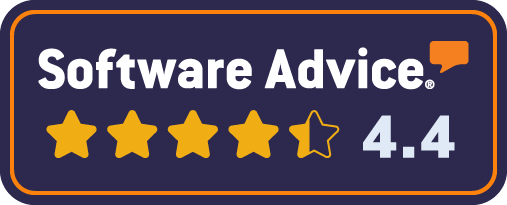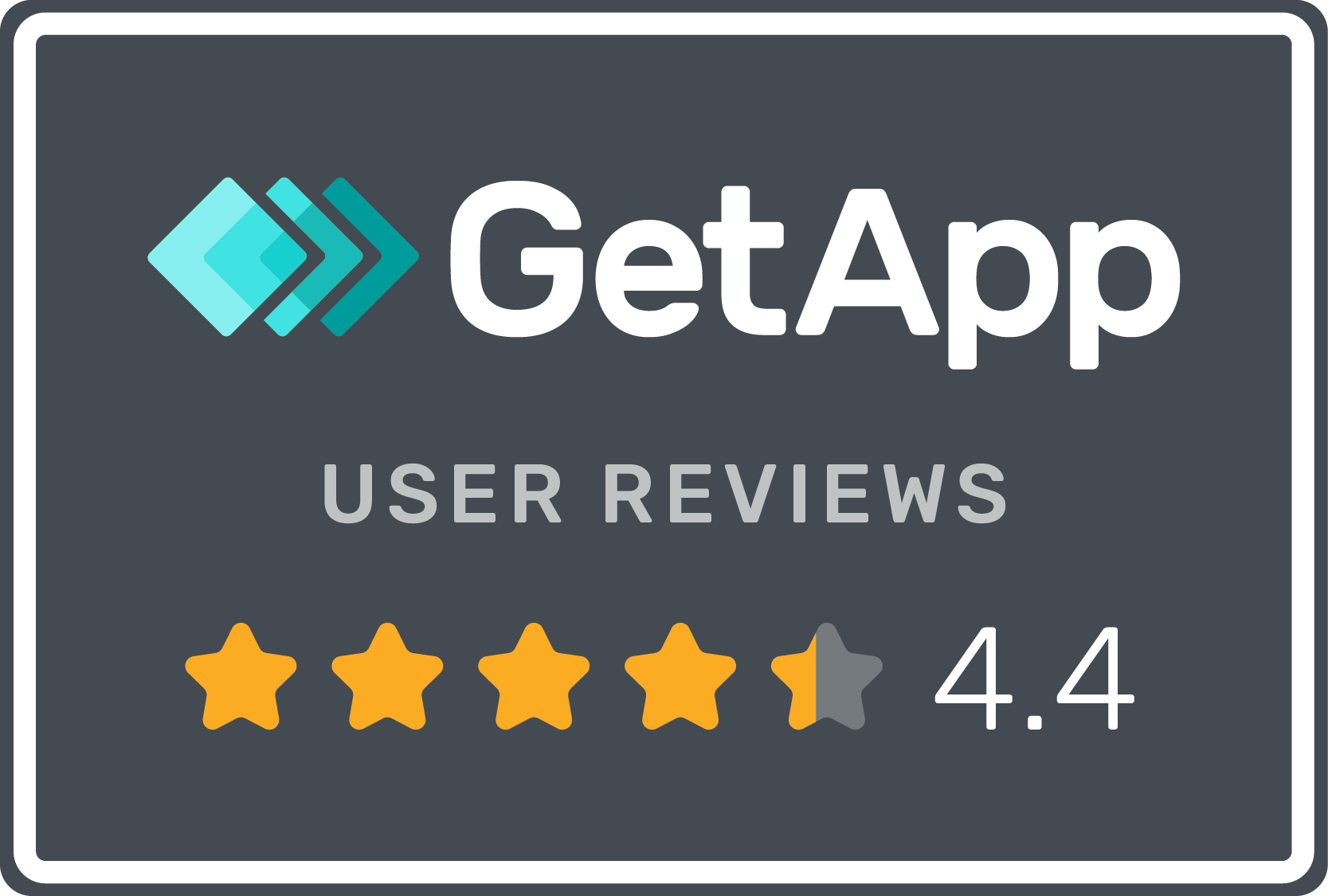Onboarding may seem unimportant, but it’s essential to your business’s long-term success. We cover the importance of onboarding new employees and how to build an effective processes.
Getting employees started on the right foot requires more than just a quick office tour. At least one in 10 employees quit because of poor onboarding, last year, this figure was closer to 30%. When you’ve spent all that time finding the ideal candidate, you want to ensure that you keep them excited about joining your business and starting their career with you. There is still a risk in this time period before they join that their current employer may counter offer. They may also complete a recruitment process with another organisation and choose to join them due to their onboarding or engagement of them. This is why an effective onboarding process is critical for successful recruitment.
In this post, we'll discuss why the onboarding process is essential to recruiting the best people for the job, and how to implement the right process into your business.
why onboarding gets overlooked.
Onboarding often doesn’t get the attention it deserves. That’s largely because it pays dividends in the long term, often after years or decades, and teams fail to see this value.
Many companies will give new employees a quick office tour, show them what they need to do, and let them be. This results in multiple hiccups as employees are confused and struggle to find their feet. There is no support, there is no buddy system and no regular connection to ensure they are supported to get used to the business. If 1 in 10 employees leave due to poor onboarding, increased employee churn quickly gets expensive.
why is the onboarding process necessary?
Here are some reasons why your business should use engaging digital onboarding to welcome new hires:
- It boosts productivity
- New employees adapt quicker
- Employees are more engaged
- It saves time and money
-
It boosts productivity
When there are fewer vacant jobs, productivity improves. This is because members of your workforce aren't pressured into juggling multiple roles at once—they can focus entirely on the job in front of them.
new hires adapt to their roles quicker
Effective onboarding plans give new hires a head start. This way, they can jump straight into the role without any hiccups.
But acclimation goes further than just showing new hires around the office. You'll need to give them a clear overview of company goals and philosophy. Consider discussing how your new employee can contribute to these goals and what’s expected of them.
Employees are more engaged
When employees are appropriately integrated into their work, they are more likely to be engaged and give 100% to the company every day because they care.
Proper onboarding leads to engaged employees because they realise employers care about them and want them to succeed. And according to Gallup, engaged employees result in:
- Increased profits
- Better product and service quality
- Fewer employee absences
- Higher customer reviews
- Lower turnover
It saves time and money
Turnover can get expensive if key talent resigns regularly. You have to post several ads and filter through thousands of potential employees. Consider that other employees must also fill additional positions when someone quits. If you are paying fees for external support to recruit, this also adds to the expense.
This recruitment process impacts productivity and resources and can become one of your business's main expenses.
Fortunately, several reports show that employers who invest in their onboarding process retain talent and save time and money.
Let's look at how to implement effective onboarding.
how to implement an effective onboarding process in three easy steps.
Consider these three phases when building an employee onboarding process:
- The preboarding phase
- The onboarding phase
- In-depth training
step 1: The preboarding phase
The preboarding phase takes place after someone is hired and before their first day. Here, you want to send a welcome message and build on the excitement of the new hire.
You could also ship a welcome pack to their home branded company apparel, coffee mugs, chocolate bars, and flowers. This sets you apart from other companies and starts your relationship on the right foot.
For example, Bollore Logistics UK loves welcoming new employees by gifting bags, coffee mugs, pens, and other goodies.

You might consider having a meeting with your new hire before they join. It could be an informal coffee, virtual meeting or time with the team they will be working with.
You could even record them a personal message, telling them how excited you are that they are due to be joining your business and giving them an outline of their first few weeks in the job. You can include other employees across the business, asking them to introduce themselves and forward this to your new hire so they can recognise some faces on their first day.
Spend time equipping them with practical information before their first day and assign a work buddy to help them get around and onboarded into the business.
step 2: The onboarding phase
When onboarding new employees, the most important thing is to plan a good first day. This involves meeting all their colleagues and having their buddy show them around.
Next, help set everything up. Get employees their computer, phone, or laptop and anything else they'll need to do their job. Also, consider starting with general training where they learn the overall processes before you get into more in-depth classes.
step 3: In-depth training
In-depth training is the most critical part of the onboarding process because it’s where new employees learn everything they need to know to get started in their roles.
During this phase, try blending learning into work processes so not everything happens inside a classroom or through a video conference call.
You could even add some gamified training so new employees can look forward to learning. This engagement pays dividends in the long run.
Another important tip is to split up your training over several weeks or even months. This way, you aren't throwing everything at your employee at once, which will help them feel more comfortable.
Finally, check in with employees before, during, and after this onboarding phase. Ask if they have questions and help with any onboarding problems.
new hire onboarding made simple with hireful.
Correctly onboarding employees allows you to save money, reduce turnover, boost productivity, and contribute to employee happiness.
Implementing effective onboarding also doesn't have to be challenging. Simply make your new hire feel engaged by forwarding a warm email, introducing them to the team, and sending over a welcome package.
If you're looking to implement an effective onboarding process, it starts with building great onboarding technology into your hiring cycle. Sign up for a free hireful trial.

















